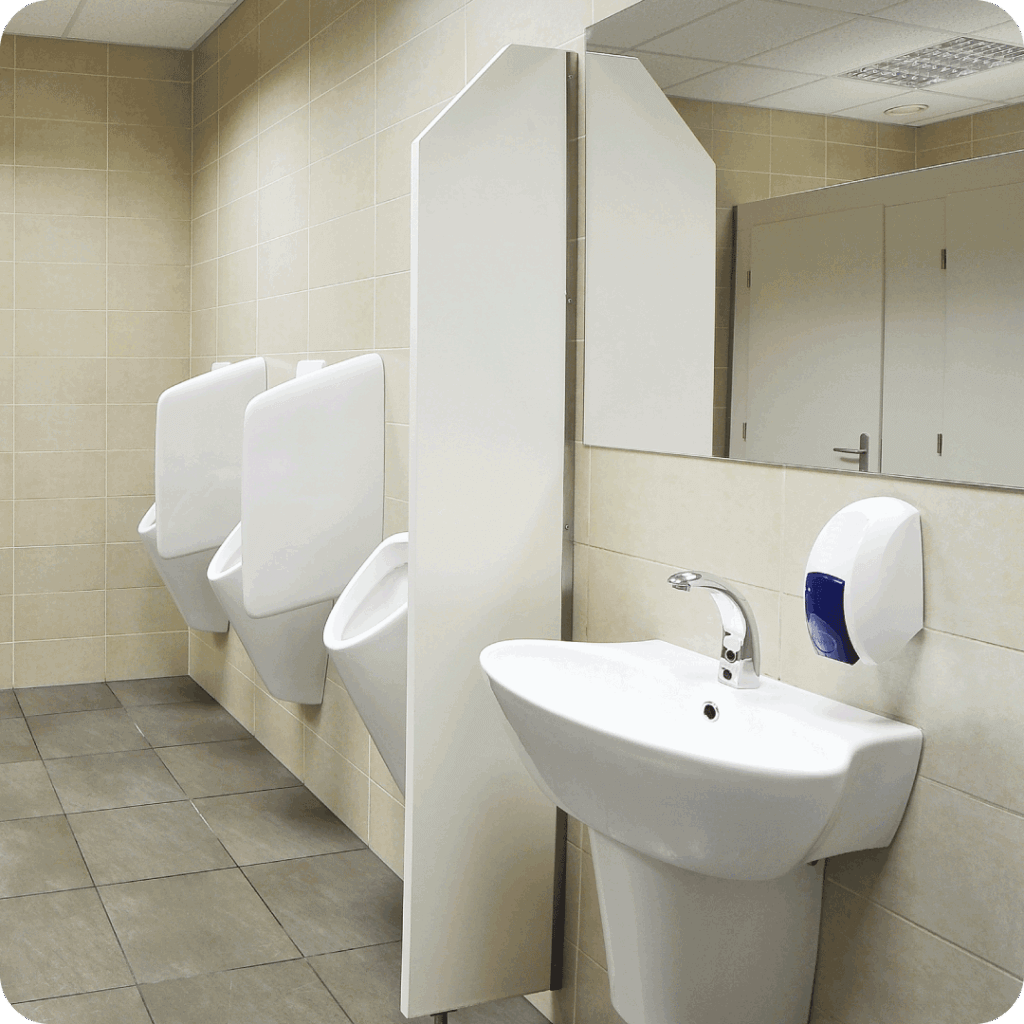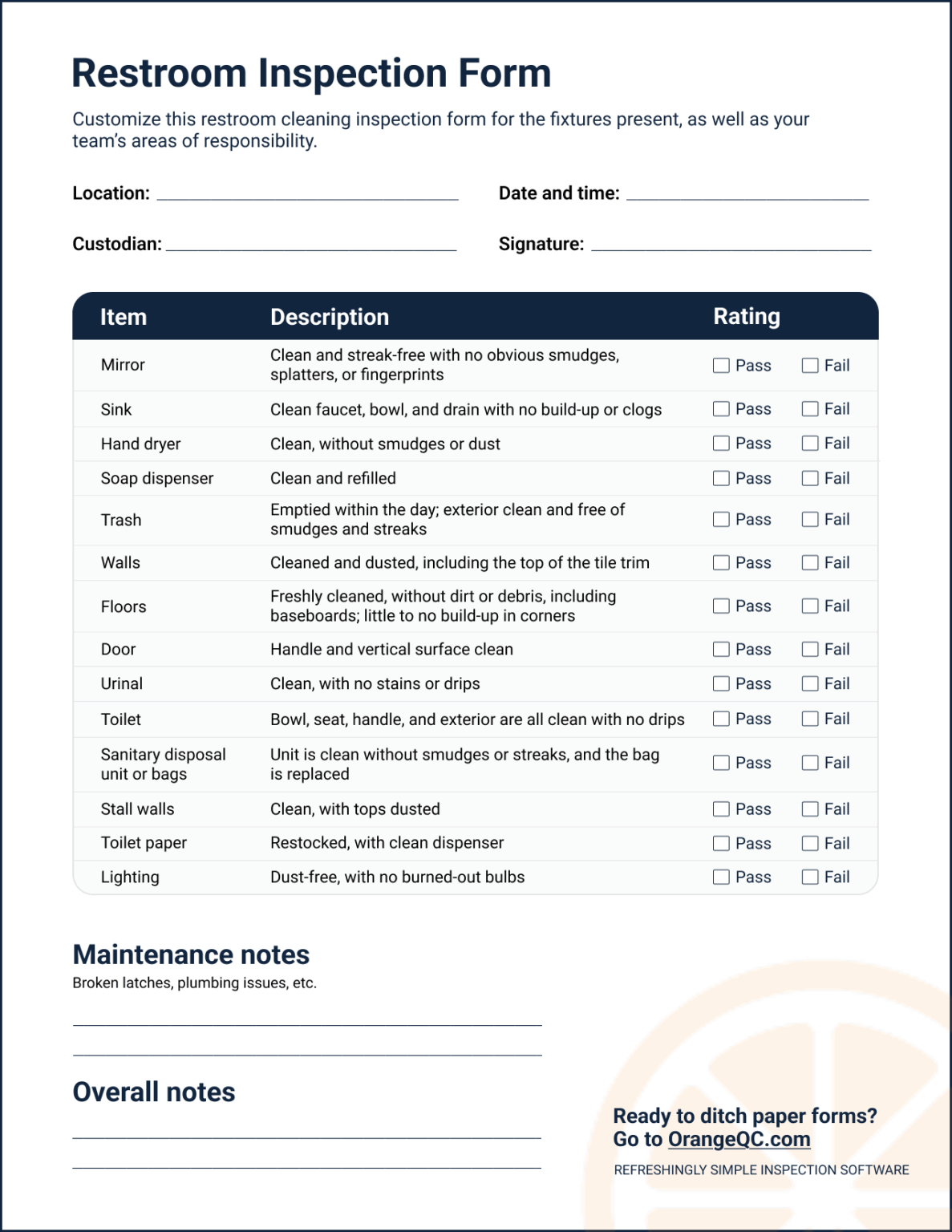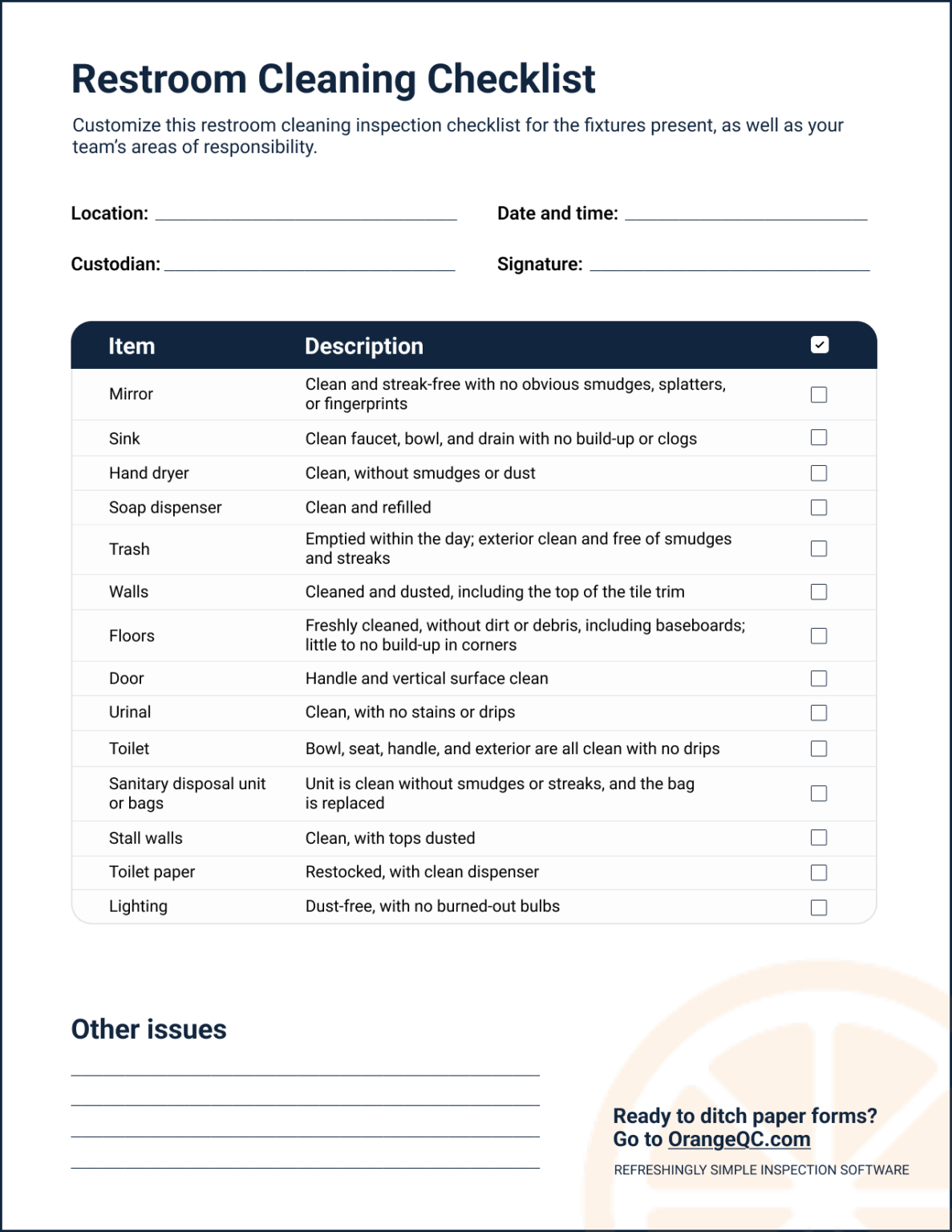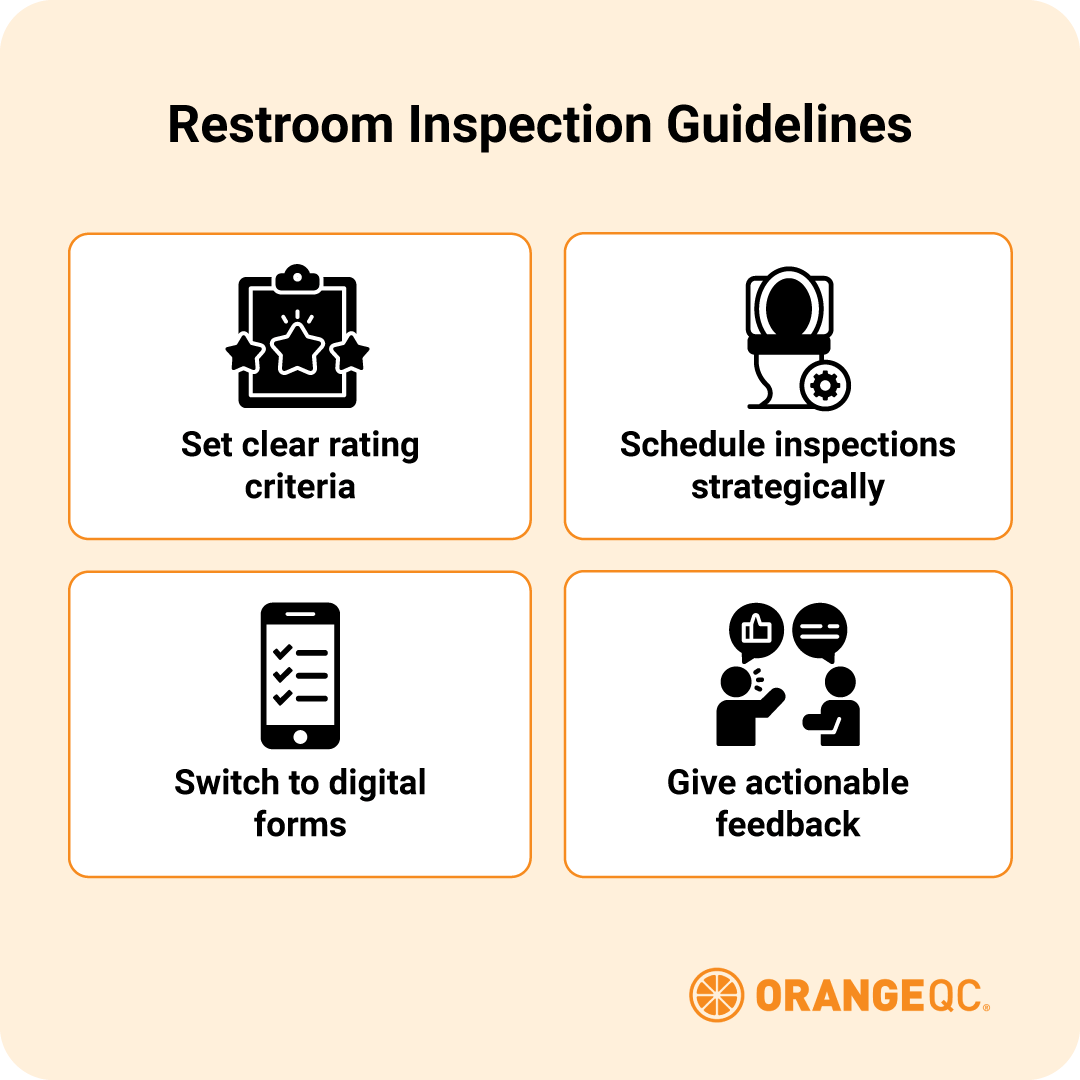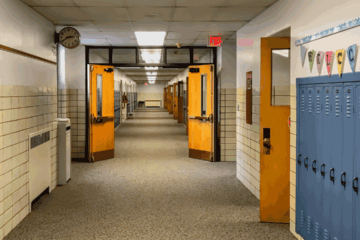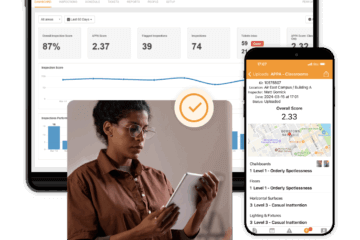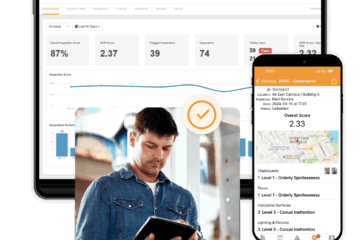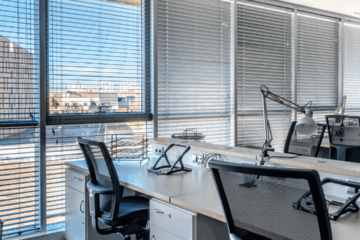
Office Inspection Form and Cleaning Checklist
Office inspection form & cleaning checklist Great quality control starts with clear expectations for your cleaning team, then follows through by measuring the results. Whether you modify our office forms or create your own, match

